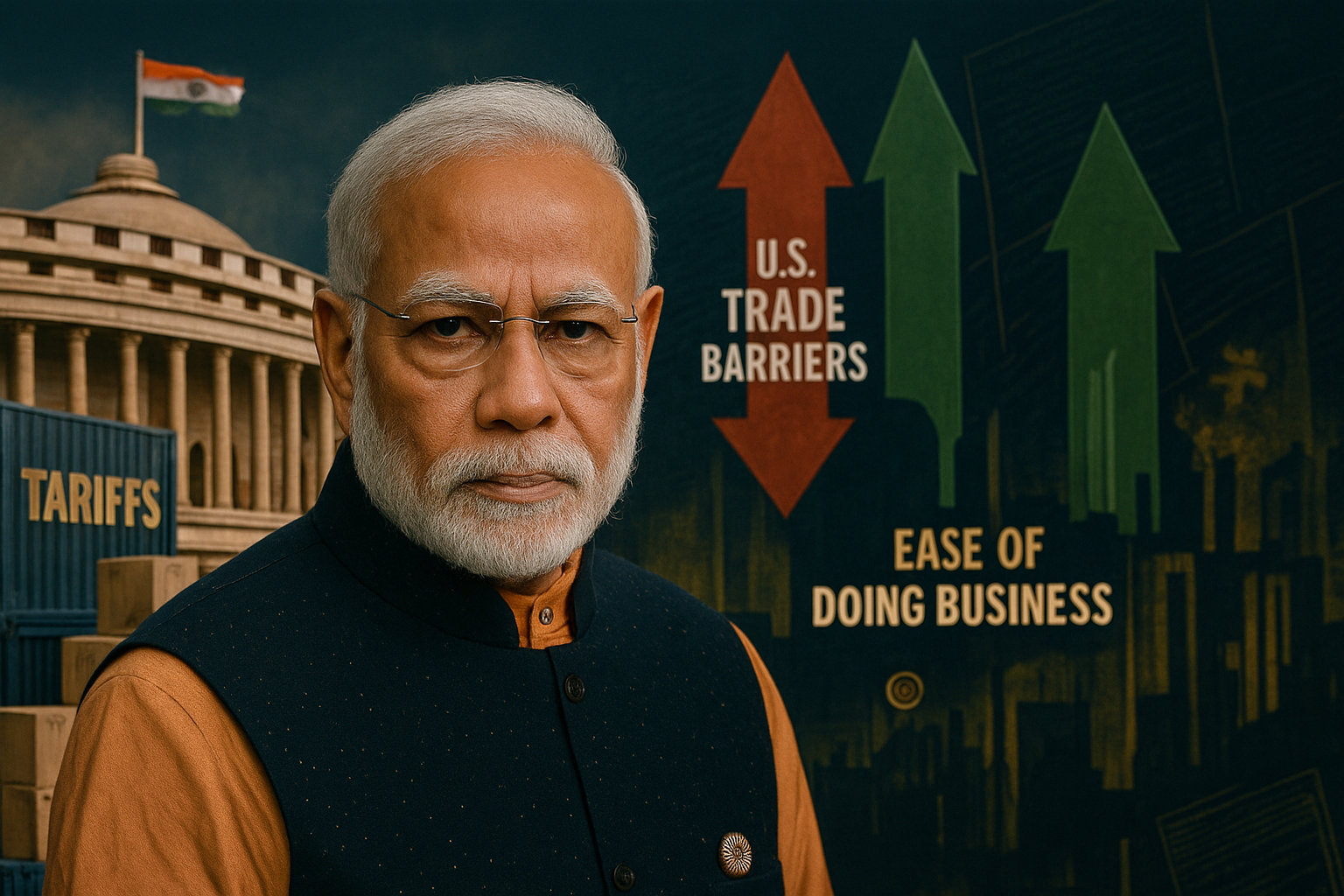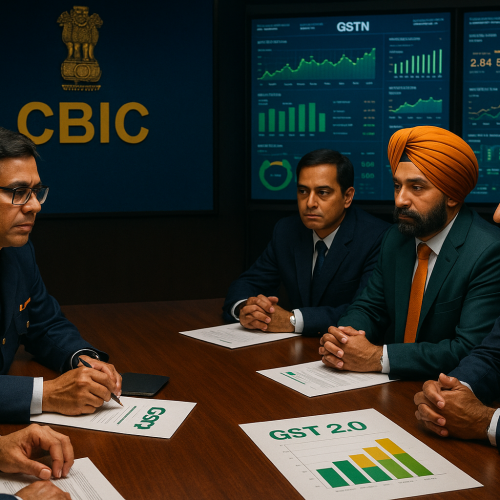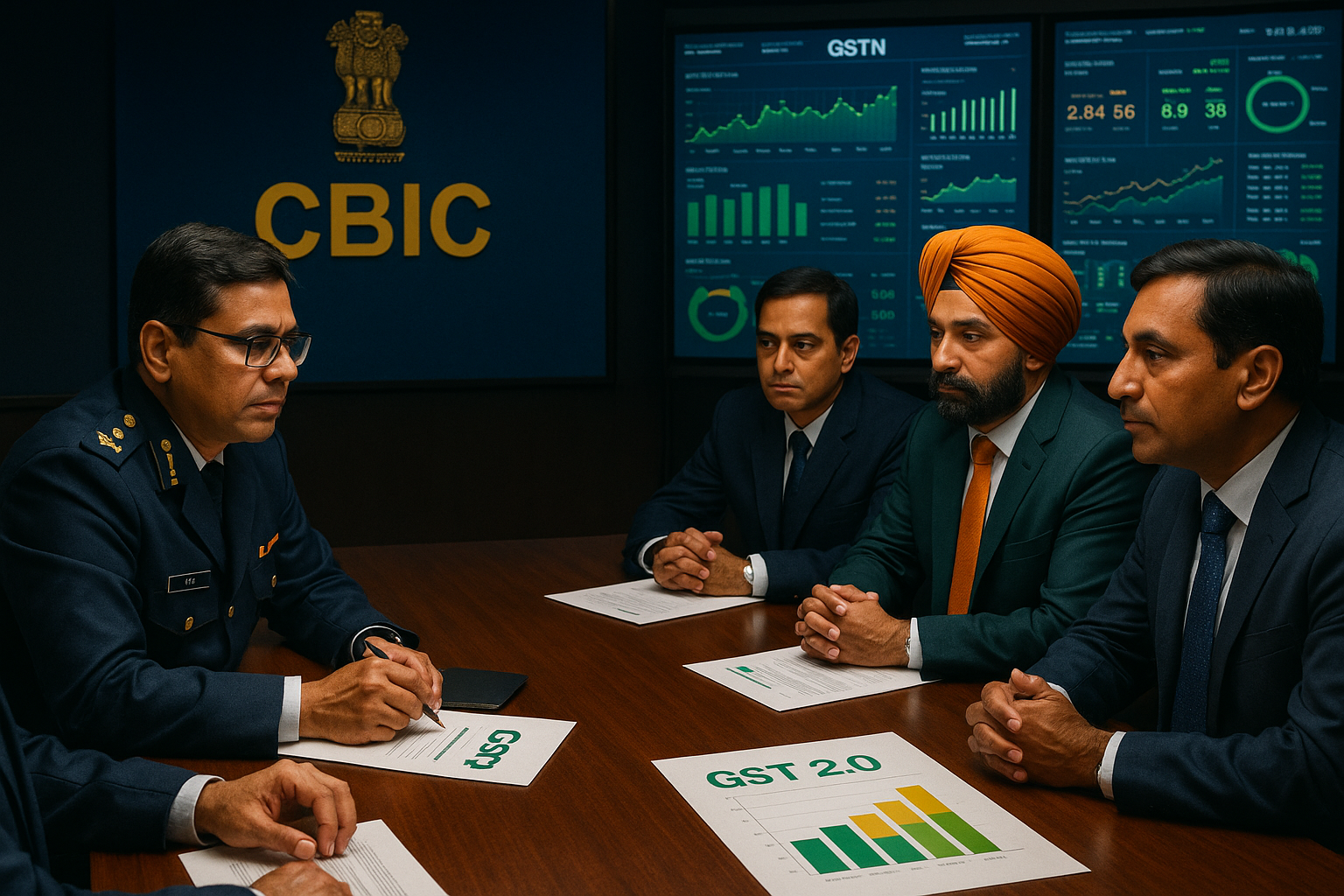Prime Minister Narendra Modi is using the disruption caused by U.S. President Donald Trump’s new tariffs on Indian exports as an opportunity to accelerate domestic reforms. The government is considering tax cuts and red-tape reductions to soften the blow for exporters and attract fresh investment into India.
The move reflects a proactive approach: turning trade headwinds into a catalyst for long-pending structural changes that could make India a more competitive player in global supply chains.
Trade Pressures Spark Policy Rethink
The U.S. tariffs have hit key export sectors such as textiles, gems & jewellery, and leather, raising concerns about India’s competitiveness. With nearly 20% of India’s exports tied to the U.S., the new duties create both immediate risks and long-term structural challenges.
Instead of adopting a protectionist stance, the government is signaling that India will counter external shocks with internal reforms—focusing on efficiency, competitiveness, and ease of doing business.
Tax Relief on the Horizon
One of the proposals being considered is corporate tax relief for exporters and MSMEs most impacted by the tariffs. Lower taxes would help firms protect margins, reinvest in capacity, and remain competitive in global markets.
The move could also complement India’s broader push to attract foreign investment by signaling a stable, reform-oriented tax regime.
Cutting Red Tape for Businesses
Beyond tax measures, the government is exploring steps to reduce regulatory hurdles for exporters. Simplified compliance, faster clearances, and digitized customs procedures are among the reforms expected to ease operational bottlenecks.
By addressing the high cost of logistics and bureaucratic delays, India can strengthen its role in global supply chains, particularly as companies diversify away from China.
Why This Matters
Modi’s reform push in response to Trump’s tariffs carries implications well beyond trade.
For Exporters: Relief measures could help weather tariff-driven cost pressures.
For Investors: A reform-oriented environment enhances India’s global attractiveness.
For Policymakers: Demonstrates resilience by converting external shocks into reform momentum.
Ultimately, the government’s strategy highlights India’s intent to remain globally integrated, competitive, and reform-driven, even amid geopolitical uncertainty.












